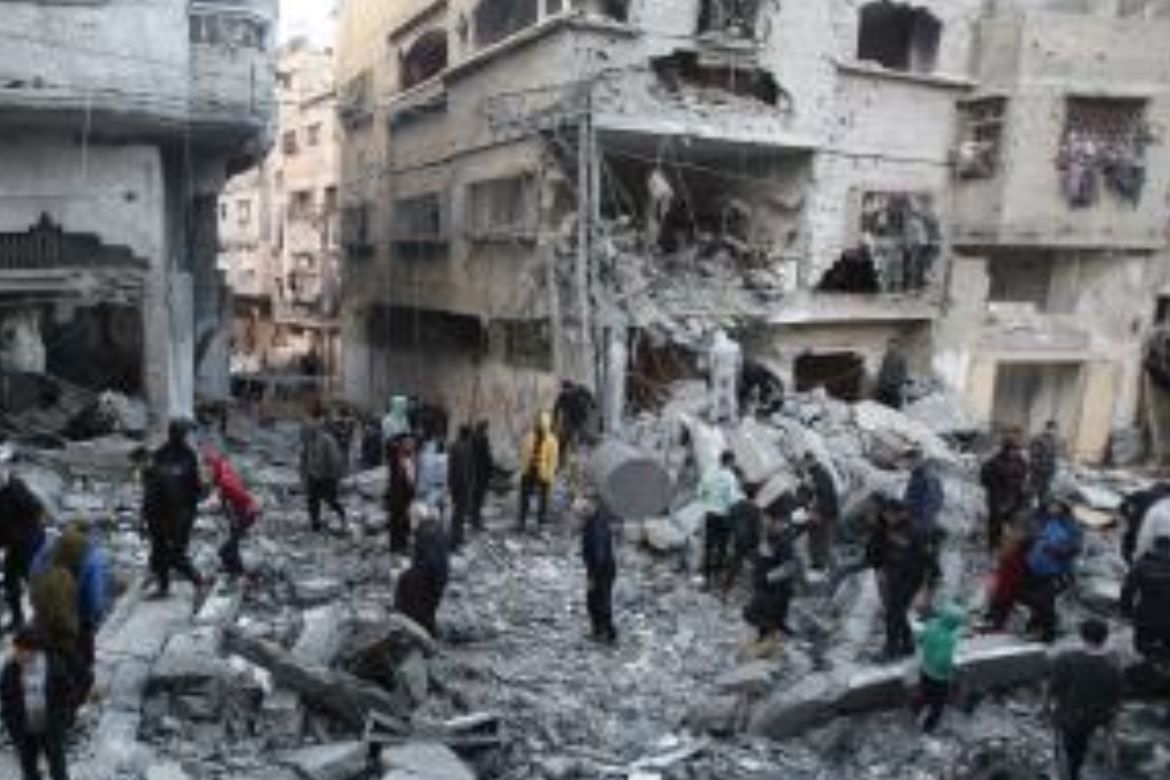For decades, multinational companies have navigated the Middle East with the belief that political tensions might flare—but trade would persist. That assumption is now under intense strain. The escalating conflict between Israel and Iran is transforming how businesses assess operational risk in the region, particularly in sectors tied to energy, shipping, and logistics.
While geopolitical volatility in the region is not new, the scale and unpredictability of today’s threats signal a strategic inflection point. The Middle East remains a vital engine of the global economy—but it is no longer a place where resilience can be taken for granted.
A Region Long Defined by Risk—and Resilience
From the Iran-Iraq War to the 1990 Gulf War, the Middle East has weathered decades of instability. Yet throughout these periods, trade—especially in energy—largely endured. Today, however, that continuity is under siege.
With Israel and Iran exchanging direct strikes and Western powers recalibrating their military presence in the Gulf, the conflict is no longer confined to local battlefields—it is spilling over into the arteries of global commerce.
Strategic Routes Under Pressure
The ripple effects are being felt far beyond the region. Disruptions at key maritime and logistical hubs—including the Strait of Hormuz, Jebel Ali, Sohar, and Fujairah—are jeopardizing critical flows of oil, LNG, electronics, auto parts, and consumer goods bound for markets from East Asia to Europe.
The Strait of Hormuz, through which nearly 20% of global oil passes, has become a focal point. Since the latest escalation, insurers have hiked war-risk premiums by more than 60%. Tanker freight rates have doubled, and concerns around missile threats and cyber interference are growing.
Meanwhile, shipping giants like Maersk and Hapag-Lloyd are diverting vessels around Africa, adding costs and delays. With parts of the Red Sea, Eastern Mediterranean, and Hormuz now deemed high-risk, companies like Frontline are declining new contracts through the region altogether.
The Gulf Talk View: What Companies Should Do Now
1. Stress-Test Supply Chains Beyond Paper Exercises
The time for theoretical risk assessments is over. Companies need real scenario planning.
What if Dubai’s Jebel Ali port is inaccessible for a week? What happens if flight paths over Iran and Israel are suddenly restricted? Business leaders must simulate such possibilities and quantify their impact—on costs, customer commitments, and continuity.
Map key suppliers, routes, and storage points. Identify weak links and calculate switching costs. This should be a board-level priority, not a back-office task.
2. Build Contingencies—Before Crisis Hits
Don’t wait for disruptions to trigger a scramble. Firms should:
- Diversify sourcing to other geographies
- Identify alternate ports and inland warehousing
- Create flexible logistics contracts with built-in agility
This is especially crucial amid the pre-tariff surge in global exports. Front-loading inventory without backup routing plans can turn a minor disruption into a major supply crisis.
3. Reassess Insurance and Legal Safeguards
As conflict risk rises, insurance terms are rapidly shifting. Companies must review:
- Validity of war-risk coverage
- Definitions of “conflict zones”
- Exclusions buried in fine print
Contractual clauses like force majeure, termination rights, and governing jurisdiction need urgent updates. Many firms discovered in 2023-24 that legal ambiguity during wartime can be costlier than the war itself.
4. Lean Into Local Intelligence
Regional companies and multinationals with strong local partnerships will weather the storm better.
In a crisis, local agents often know what corridors are still moving, what ports are operational, and which ministries can issue fast-track clearances. Gulf-based logistics providers, freight forwarders, and legal advisors offer a strategic edge that foreign HQs simply can’t replicate in real time.
Staying in the Region—But Shifting the Strategy
This is not a call for businesses to exit the Middle East. The region remains essential to global supply chains. But the model of engagement is changing.
The Gulf Talk observes a growing trend: companies are relocating assets and operations from high-risk areas to more stable GCC states—notably the UAE and Oman. Regional supply chains are being quietly reconfigured, not for cost-efficiency alone, but for resilience and continuity.
A Final Word from The Gulf Talk
For corporate leadership, the question is no longer if action is needed—it’s how fast.
To succeed in this evolving landscape, firms must:
- Rethink reliance on single-source routes
- Shield high-value markets with multi-tiered protections
- Re-align policies to reflect modern conflict realities
In today’s Middle East, geopolitical foresight is no longer optional. Preparedness is now the price of doing business.



